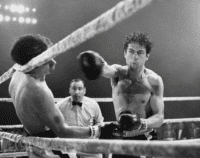What’s a “Soundie”? The neologism never really made it into the popular lexicon and scarcely exists today, but for a time in the 1940s, following the prevalence of the “talkies” that dominated the movie industry, Soundies looked—and, of course, sounded—quite a bit like the music videos of today. The musical stars of the era, from Doris Day and Dorothy Dandridge to Hoagy Carmichael, Nat King Cole, and scores of lesser-known luminaries, mugged and performed on short film clips for their adoring audiences. These performances rarely found their way into theaters, and the invention of television was more than a decade away. Rather, the only way to see these clips was on a machine designed specifically to play them, and only them.
Unlike “talkie,” a generic term applying to any film with direct sound, a Soundie has a much more precise meaning: a three-minute musical film copyrighted and distributed by the Soundies Distributing Corporation of America (SDCA), a subsidiary of the Mills Novelty Company, and to be displayed on that company’s Panoram machine, a dime-operated six-and-a-half-foot tall Art Deco cabinet housing installed in watering holes and gathering places. A video jukebox of sorts with a 27″ rear projection screen, a Panoram would play selected eight-song sequences of performances ranging from big-band and swing to vaudeville and novelty to tap and polka, its content refreshed regularly with new recordings. For several reasons, Soundies didn’t last long: the SDCA ceased distribution in 1947, their content passing into the public domain.
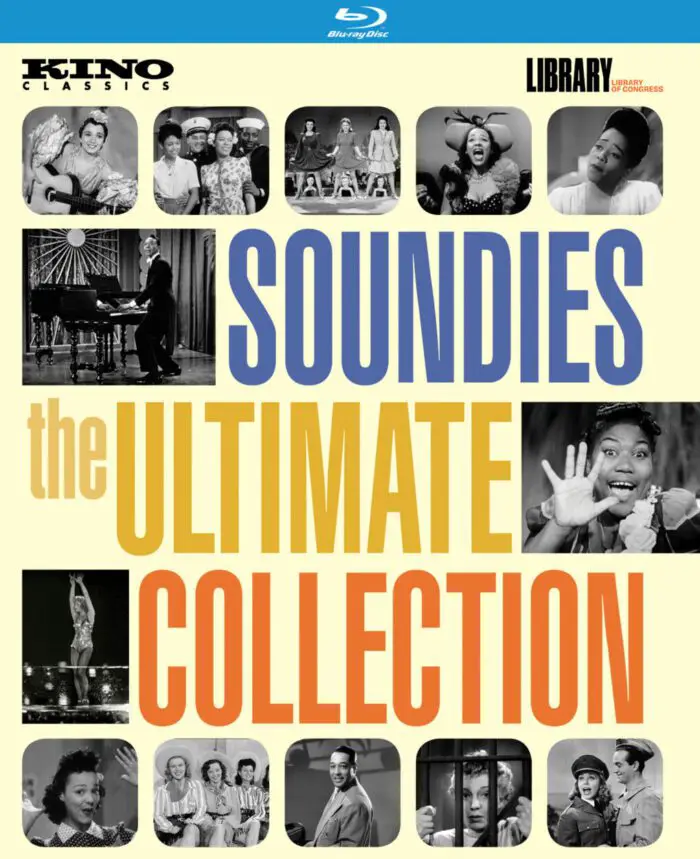
But what content it is! Kino Classics’ new four-disc Blu-ray set Soundies: The Ultimate Collection, features a cornucopia of war-era talent in delightful performances newly restored from 35mm and 16mm prints preserved by the Library of Congress. Two hundred short films are included in all, and they are, largely, spectacular; an incredible array of talent collected in one place. Its diversity is an obvious strength. There is jazz, country-western, folk, boogie-woogie, rhythm and blues, pop, swing, nearly everything you can name from the era save for Woody Guthrie protest-folk. And so much of this set is so, so good, from the adept musicianship of Duke Ellington and the sex appeal of Ricardo Montalban to the humor of Spike Jones and the sweet harmonies of the Kim Loo sisters, a Minneapolis group billed as the “Chinese Andrews Sisters.” Some of the Soundies are showcases for dance. Others, like concept videos, tell a (rudimentary) story.
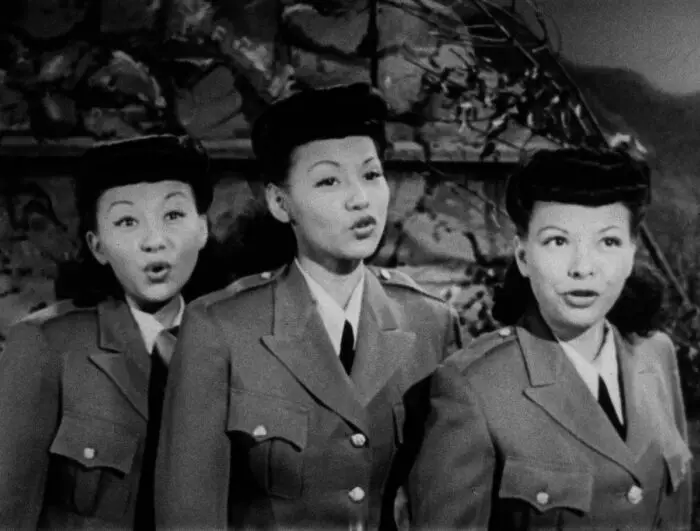
What impresses most about the set, though, is the depiction of WWI American music and society it represents: a soundtrack full of vigor, exuberance, desire, hunger, passion, and humor. The set features hundreds of the most joyful people you’ve seen on screen. It would make, just as the Panoram reels did in the 1940s, a rockin’ party companion, and one with a more ethnically diverse representation of American musical idioms than you might have imagined. The set makes a concerted effort to feature traditionally underrepresented groups, which leads, on occasion, to some occasionally egregious racism and sexism, but those facets of American popular culture were certainly present in the day and cannot be ignored here. As a whole, the set is, like a Panoram reel itself, both a portal into history and a rock-and-rolling, shimmying-and-shaking party in a box.
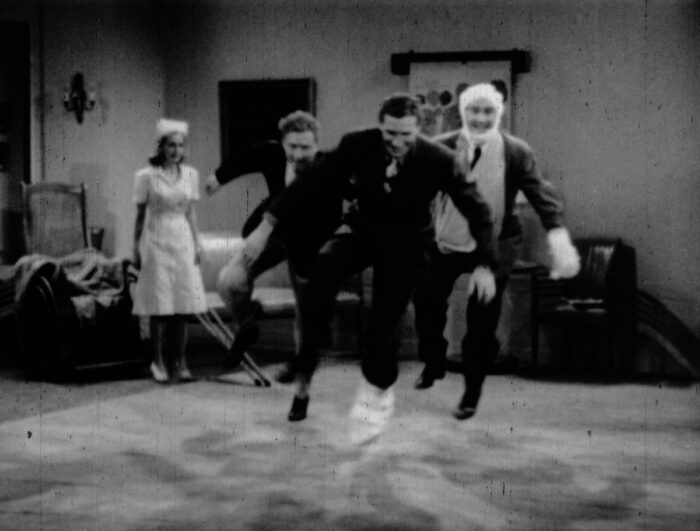
The Soundies themselves were originally compiled into eight-film sets designed to appeal to a diverse audience. A dime would play a reel, but if you were a fan, say, of one of the acts, you’d have to wait through the other seven performances and cough up another dime to see your fave a second time. The Kino Lorber set, divided thematically into its four discs, features on each disc one complete Panoram program exactly as it would have appeared in its day. Otherwise, each disc takes on a specific theme.
DISC ONE
The first disc is introductory in nature, titled “Introducing Soundies,” and features a variety of fairly straightforward performances grouped by genre and theme: Duke Ellington kicks off “Starting from Swing” with “Jam Session,” followed by Count Basie and Gene Krupa; “Powered by Dance” shows off several hotfooting—and at times, hilarious—numbers; “and “We’ll Drink to That” features Spike Jones and the City Slickers’ “Click! Clink! We’ll Have Another Drink” with lyrics superimposed so Panoram patrons could indulge, as you should and I did, a proto-Karaoke singalong. A stunning young Dorothy Dandridge, not quite 20, dazzles in “Swing for Your Supper.” A section titled “Outrageously Incorrect—and Sometimes Subversive” is prefaced by a careful contextualization from set curators Susan Delson and Ina Archer, providing a necessary background for the racism inherent in content like “Ching Chong,” “Honk Kong Blues,” and “Lazybones,” each of which does exactly what you might suspect from its title. Following the Panoram set are two filmed-interview bonus features: “Inside the Panoram, Part 1: Birth of the Soundies,” with Mark Cantor, author of The Soundies: A History and Catalog of Jukebox Film Shorts of the 1940s; and “From the Vaults,” with Matt Barton and Mike Mashon of the Library of Congress.
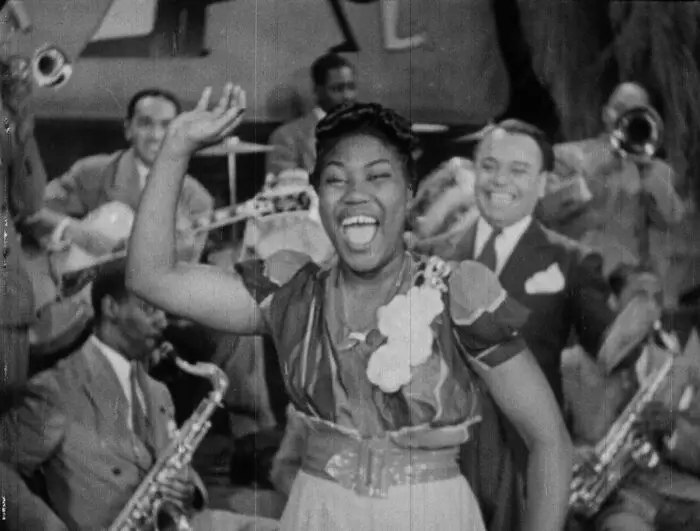
DISC TWO
“Life in the Soundies Era,” features performances that directly address life during wartime. Some of the songs are overtly propagandistic, if no less enthusiastic: The Four Sportsmen promise “We’ll Slap the Japs (Right into the Laps of the Nazis).” Others focus on “The Home Front,” such as the Song Spinners’ “Plant a Little Garden in Your Own Back Yard.” And The Smoothies and Cappy Bara’s Harmonica Boys offer up a tribute to “Rosie the Riveter.” From there it’s a focus on urban nightlife and fashion, where the Kim Loo sisters harmonize on “Take Me Out to the Ball Game,” Fats Waller has “The Joint is Jumpin’,” and Dandridge returns with a snappy ode to “A Zoot Suit.” Following the disc’s Panoram program is a bonus feature exploring the technology of the Panoram machine itself: “Inside the Panoram, Part 2: Inside the Panoram,” a demonstration of a machine with Mark Cantor.
DISC THREE
“Musical Evolutions,” focuses on ethnic and musical diversity. There’s a selection of Hillbilly and early Country Western, a set of Latin music, and some embryonic rock and roll from performers you might not know (Caridad Garcia, Sergio De Karlo, The DeCastro Sisters, Marilyn Hare and Marvel Maxwel) and a few you will (Ricardo Montalban, Les Paul), with some curious hybridizations (“Cowboy Calypso,” “Jitterbug Senorita”) alongside the more traditional ethnic genres. Following the 1943 Panoram set are two bonus features: “Inside the Panoram, Part 3: Modes of Production,” a discussion of the film production companies and their methods with Mark Cantor, and “The Minoco Logo,” a collection of silent, filmed production company logos for the Soundies.
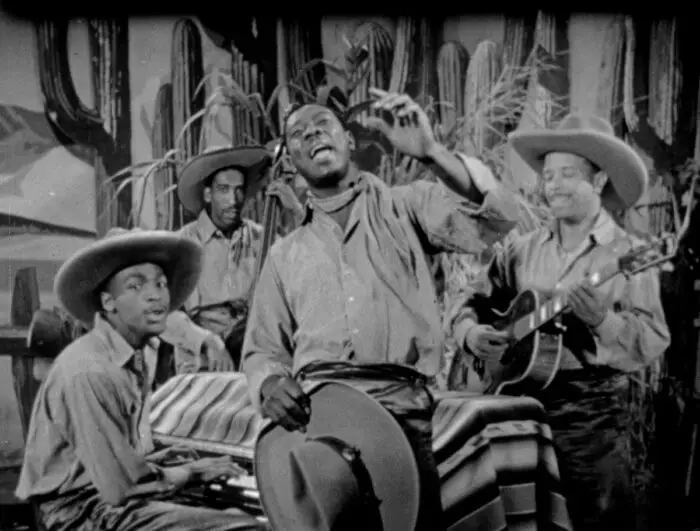
DISC FOUR
The fourth and final disc is titled “Women, Sexuality, and Gender” and is a thematic highlight of the set. An introduction by Susan Delson explores WWII-era heterosexuality, and the performers include Doris Day, Dandridge again, with the Mills Brothers, and more. One song set focuses on anxieties, bickering, and heartbreak, while another focuses on playing with expectations, challenging the gender roles prevalent in the 1940s, and a third jumps directly into gender play and performance. Dandridge and Gale Storm get their own separate set, and following the Panoram program from 1944 is another curated set, “Celebrating the Chorus Line.” A final interview with Cantor rounds out the bonus features.
Curating a set like this—introducing an obsolete technology, locating and presenting the footage, providing a careful contextualization of the film content—is no small task, and Kino deserves kudos here. Delson, the author of Soundies and the Changing Image of Black Americans on Screen: One Dime at a Time, has done a remarkable job putting this wildly diverse set together. At times, one might think it is only the format these diverse performances share, but Delson, along with Media Conservationist Archer, historian Cantor, Barton and Mashon from the Library of Congress, have found the themes and threads that make Soundies: The Ultimate Collection not just a Blu-ray jukebox bit a living artifact of American cultural life and popular music in the 1940s. An illustrated 44-page booklet includes some helpful images (especially of the Panoram machine) and essays by Delson, Ellen C. Scott, and Cantor, along with credits for each of the 200 shorts—all in a four-point font, the small size of which might be my only complaint about this excellent compilation.
The occasional and casual racism and sexism of the performances aside, Soundies: The Ultimate Collection makes for a thorough, thought-provoking lens through which to view 1940s Americana. The music of the day was lively, diverse, and inventive, the performers charismatic and talented. This set, carefully curated and handsomely presented, does more than just collect the short films that together make for a collage of period music; it also makes for a wondrously snappy, finger-poppin’, toe-tapping soundtrack to an era long gone by.
Soundies: The Ultimate Collection (MSRP: $49.95) is available directly from Kino Lorber and other retailers.


